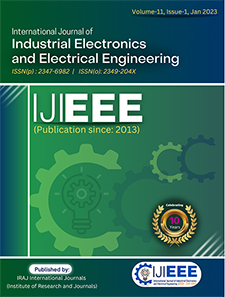Publish In |
International Journal of Industrial Electronics and Electrical Engineering (IJIEEE)-IJIEEE |
 Journal Home Volume Issue |
||||||||
Issue |
Volume-5,Issue-12 ( Dec, 2017 ) | |||||||||
Paper Title |
Chromite Exploration using Electrical Resistivity Tomography in Ingessana Hill, Blue Nile State, Sudan | |||||||||
Author Name |
M. A. Mohamed-Ali, J. Simos, K. M. Kheiralla | |||||||||
Affilition |
Faculty of Earth Sciences and Mining - University of Dongola, WadiHalfa, Sudan MetalCasting for Mining Company, Khartoum, Sudan Faculty of Petroleum and Minerals - Al Neealin University, Sudan | |||||||||
Pages |
68-74 | |||||||||
Abstract |
The Ingessana hills in the southern Blue Nile of Sudan are part of the southern sector of the ophiolithic belt of the Arab-Nubian Shield with mid-neoproterozoic age. The rocks are mainly serpentinized and in parts highly silicified dunites especially towards the contact with the intruding Bau granite. A promising chromite mineralization zones in the area are generally associated with NE-SW trending shear-zones. A detailed geophysical survey employing electrical resistivity tomography (ERT) at 34 lines were carried out over zones of known chromite mineralization to test feasibility of detecting and delineating the ore (if exist) and to facilitate consequently the positioning of exploratory drill holes. ERT sections were inverted with smooth constraints inversion code where the contacts between the granite and the ultramafics are showing up clearly. The continuity of mineralization along the contact is not well confirmed. However, the low-resistivity anomalies are probably recognized as potential chromite mineralization zones. The resistivity anomalies represent prime targets for further exploration by drilling, trenching or shallow pits. If the results of the drilling or excavations are positive, small open pit exploitations may produce important tonnages of chromite. Keywords - Chromite exploration, ERT, Ingessana Hills, Inversion. | |||||||||
| View Paper | ||||||||||